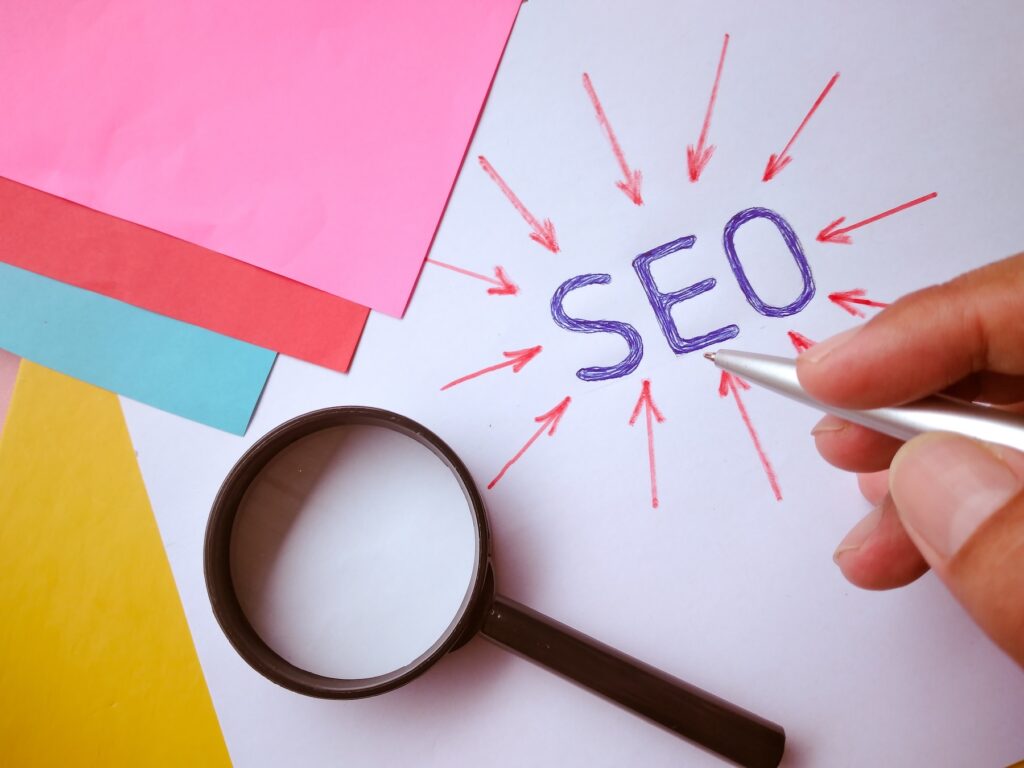As a small business, it’s easy to feel overwhelmed when deciding where to invest your marketing dollars. The questions we often hear at Method Marketing are: What marketing activities offer the highest ROI? Where should we invest to see real results? How do we even measure ROI? In this blog, I’ll break down the answers to these questions in a digestible way, providing you with actionable strategies for maximising your marketing return on investment (ROI).
Understanding ROI in Marketing
ROI in marketing measures the efficiency and profitability of your marketing investments. It’s crucial for small businesses to monitor this, as every dollar spent on marketing needs to deliver results. A simple way to calculate ROI is:
ROI = (Revenue from Marketing – Cost of Marketing) / Cost of Marketing × 100
For example, if you spent $2,000 on a campaign and generated $6,000 in revenue, your ROI would be 200%. The goal is to continually improve your ROI by refining your strategy and focusing on activities that generate the highest returns.
What Marketing Activities Provide the Best ROI?
While the best marketing activities for your business depend on your industry and goals, here are some proven strategies that tend to yield high ROI for small B2B businesses:
Content Marketing
Creating valuable and relevant content (e.g., blogs, videos, infographics) can significantly improve your SEO, drive traffic, and generate leads. High-quality content also positions your business as an expert in your field, building trust with your audience.
Email Marketing
Email marketing is cost-effective and provides a high ROI when done correctly. Personalised, segmented campaigns nurture relationships with potential clients, turning them into loyal customers. Tools like Mailchimp allow you to automate emails and track engagement to ensure your campaigns are delivering results.
Search Engine Optimisation (SEO)
SEO is a long-term strategy that increases your website’s visibility on search engines. By optimizing your content and targeting the right keywords, you can attract organic traffic without paying for ads, leading to sustainable lead generation over time.
Paid Search (Google Ads)
While SEO takes time, paid search offers immediate results by putting your business at the top of search engine results. A well-optimised Google Ads campaign allows you to target specific keywords and audiences, driving qualified leads to your website.
Social Media Advertising
Platforms like LinkedIn and Facebook allow for highly targeted advertising. Social media ads offer flexibility in budget and audience targeting, making them a powerful tool for small businesses. Testing different creatives and audiences will help maximise your return.
How to Measure ROI Effectively
To ensure you’re getting the most out of your marketing efforts, establish clear goals and KPIs (Key Performance Indicators) before launching any campaign. Some metrics to track include:
- Customer Acquisition Cost (CAC): How much you spend to acquire a new customer.
- Conversion Rate: The percentage of visitors who take the desired action (e.g., signing up for a newsletter, booking a consultation).
- Lead-to-Customer Ratio: The number of leads that convert into paying customers.
- Lifetime Value (LTV): The total revenue a customer generates throughout their relationship with your business.
When to Invest in Marketing and How Much
Small businesses often ask: How much should I invest in marketing? A general rule of thumb is to allocate 5-10% of your annual revenue to marketing. If you’re just starting, it may make sense to invest more heavily in the first couple of years to build brand awareness and attract new customers.
Your budget should also align with your business goals. If your priority is lead generation, you might allocate more towards SEO and Google Ads. If you’re focusing on customer retention, email marketing and content creation may take precedence.
Long-Term vs. Short-Term Investments
Marketing isn’t just about immediate returns; it’s about building a brand that can generate sustainable growth. Short-term strategies like paid search or social media ads provide quick results, but they should be complemented by long-term efforts like SEO and content marketing to create a strong foundation.
Maximising ROI isn’t about spending more; it’s about spending wisely. By focusing on high-ROI activities, setting clear goals, and tracking your results, small businesses can achieve measurable growth. At Method Marketing, we help businesses refine their marketing strategy to ensure every dollar is working as hard as it can for your business. If you’d like to explore how we can help you maximise your ROI, get in touch with us today.






